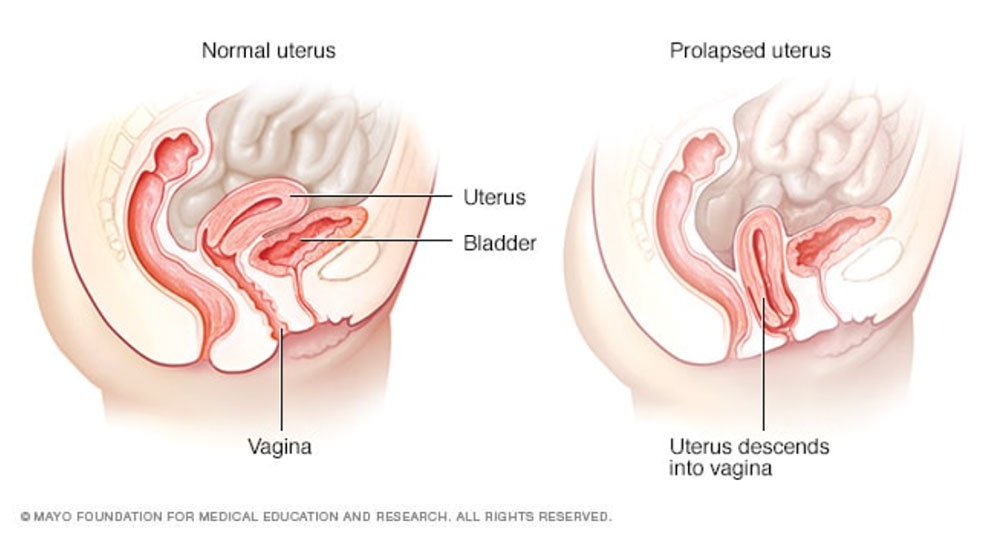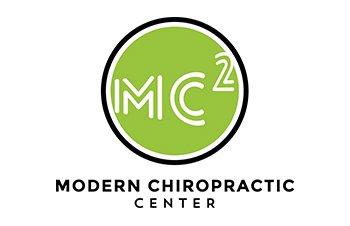Upper Back, Middle Back and Low Back Spinal Curvatures May Be Associated with Uterine Prolapse
According to Johns Hopkins Medicine, it is estimated nearly one-half of women between ages 50 and 79 have some degree of uterine or vaginal vault prolapse or some other form of pelvic organ prolapse.1
What is a uterine prolapse?
The uterus is a hollow muscular organ located in the female pelvis between the bladder and the rectum. When pelvic muscle, tissue and ligaments weaken, the uterus can drop down into the vaginal canal causing uterine prolapse.2

Why do uterine prolapses occur?
Factors that increase your risk of uterine prolapse include increased thoracic curvature, decreased lumbar curvature, childbirth, age, obesity, chronic constipation and having a hysterectomy. In a study done by Lind et al. showed that when looking at thoracic kyphosis (upper and middle back curvature), for every 5 degree increase, you are more likely to get a 1.35x increase in uterine prolapse.3 Mattox et al. found that because normal spinal curvature appears to protect the pelvic cavity from direct upper abdominal forces, variations in spinal curvature, specifically loss of lumbar lordosis, may alter these vector forces and possibly cause the development of uterine prolapse.4
Many women with uterine prolapse have no symptoms. If symptoms are present, they may include bulging in the vagina, feeling pressure in the pelvis or vagina, and lower back pain accompanied by bulging in the vagina.1
How can the Boise and Nampa chiropractors at Modern Chiropractor Center help?
Because pelvic muscles, tissues and ligaments are connected to bone, we can assess how the bones are aligned and moving in your spine. If the pelvic muscles, tissues and ligaments are weakened, then the spine that supports your uterus may be affected as well. At Modern Chiropractic Center, we specialize in remodeling and changing the shape of your spine non-surgically through specific individualized exercises, adjustments, and traction. If you are experiencing uterine prolapse or want to prevent uterine prolapse, contact our clinic to see if we can help!
- Uterine prolapse [Internet]. Johns Hopkins Medicine. [cited 2021October9]. Available from: https://www.hopkinsmedicine.org/health/conditions-and-diseases/uterine-prolapse
- Doshani A, Teo RE, Mayne CJ, Tincello DG. Uterine prolapse. BMJ. 2007 Oct 20;335(7624):819-23. doi: 10.1136/bmj.39356.604074.BE. PMID: 17947787; PMCID: PMC2034734.
- Lind LR, Lucente V, Kohn N. Thoracic kyphosis and the prevalence of advanced uterine prolapse. Obstet Gynecol. 1996 Apr;87(4):605-9. doi: 10.1016/0029-7844(95)00477-7. PMID: 8602316.
- Mattox TF, Lucente V, McIntyre P, Miklos JR, Tomezsko J. Abnormal spinal curvature and its relationship to pelvic organ prolapse. Am J Obstet Gynecol. 2000 Dec;183(6):1381-4; discussion 1384. doi: 10.1067/mob.2000.111489. PMID: 11120500.





